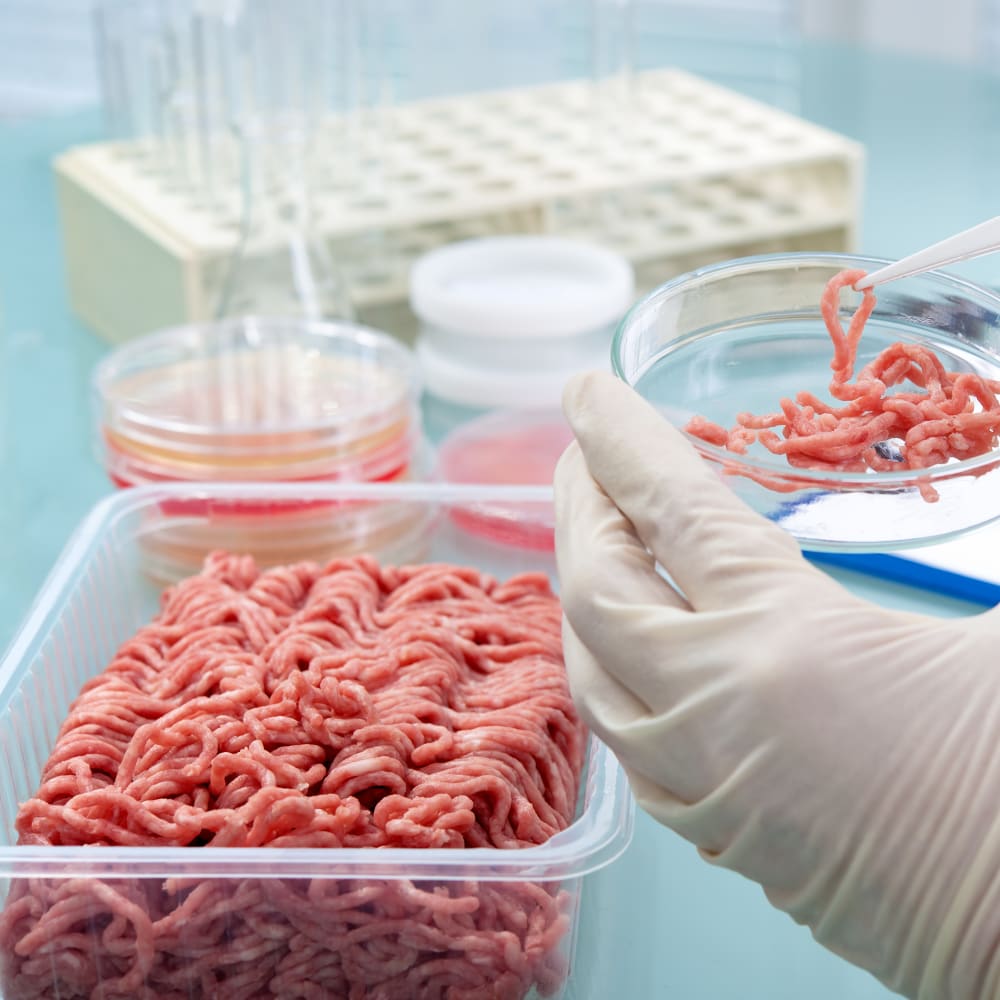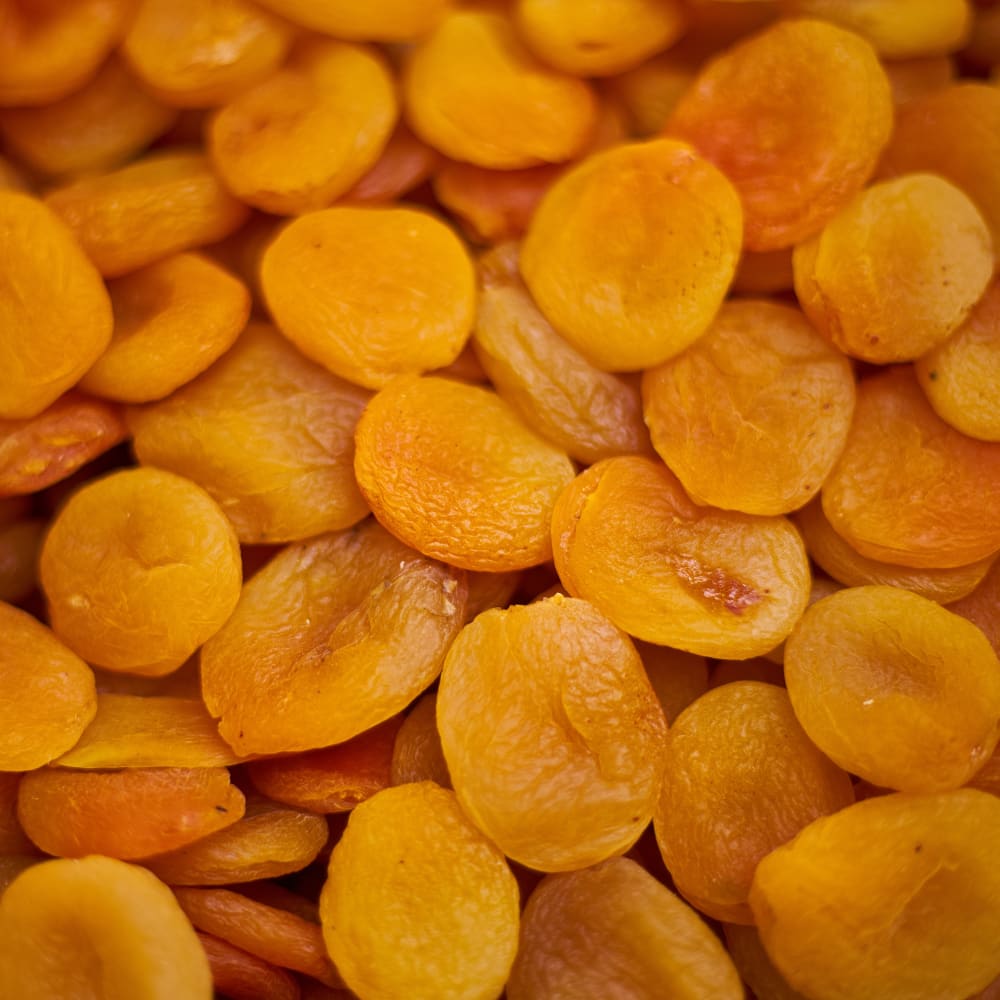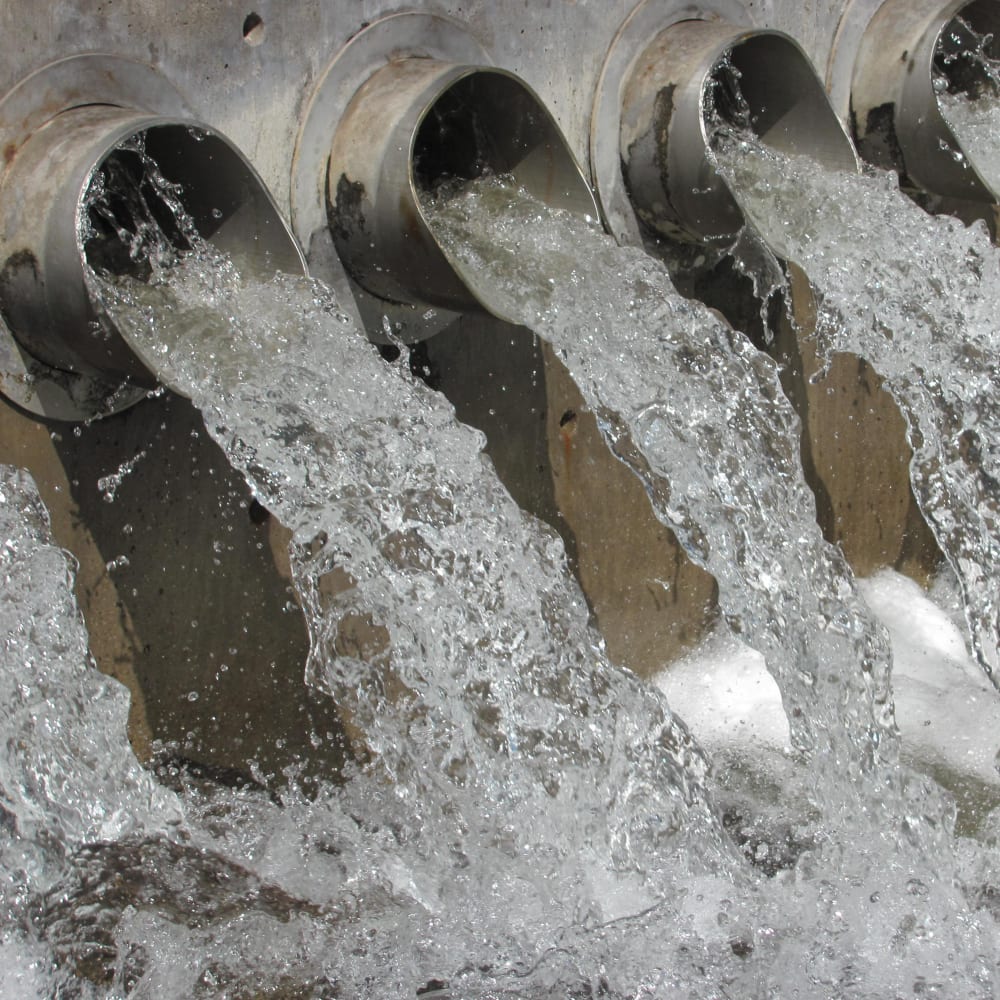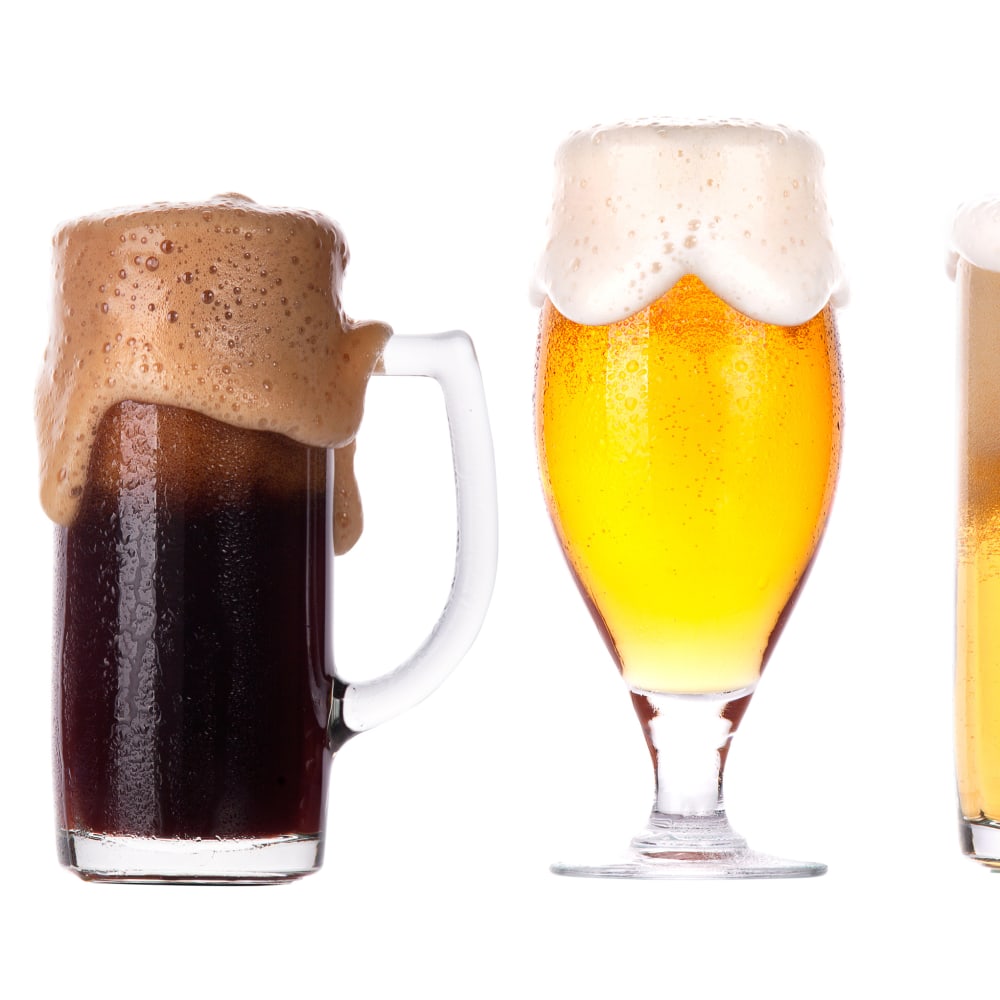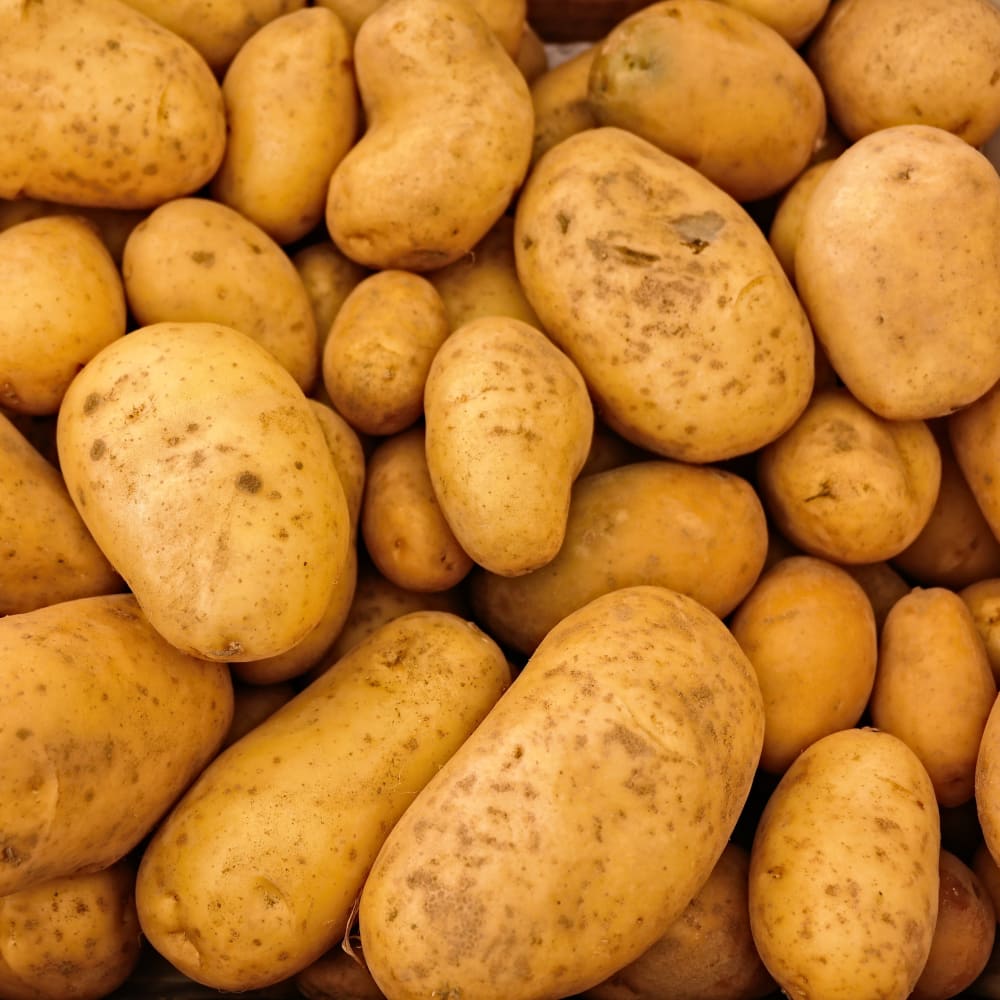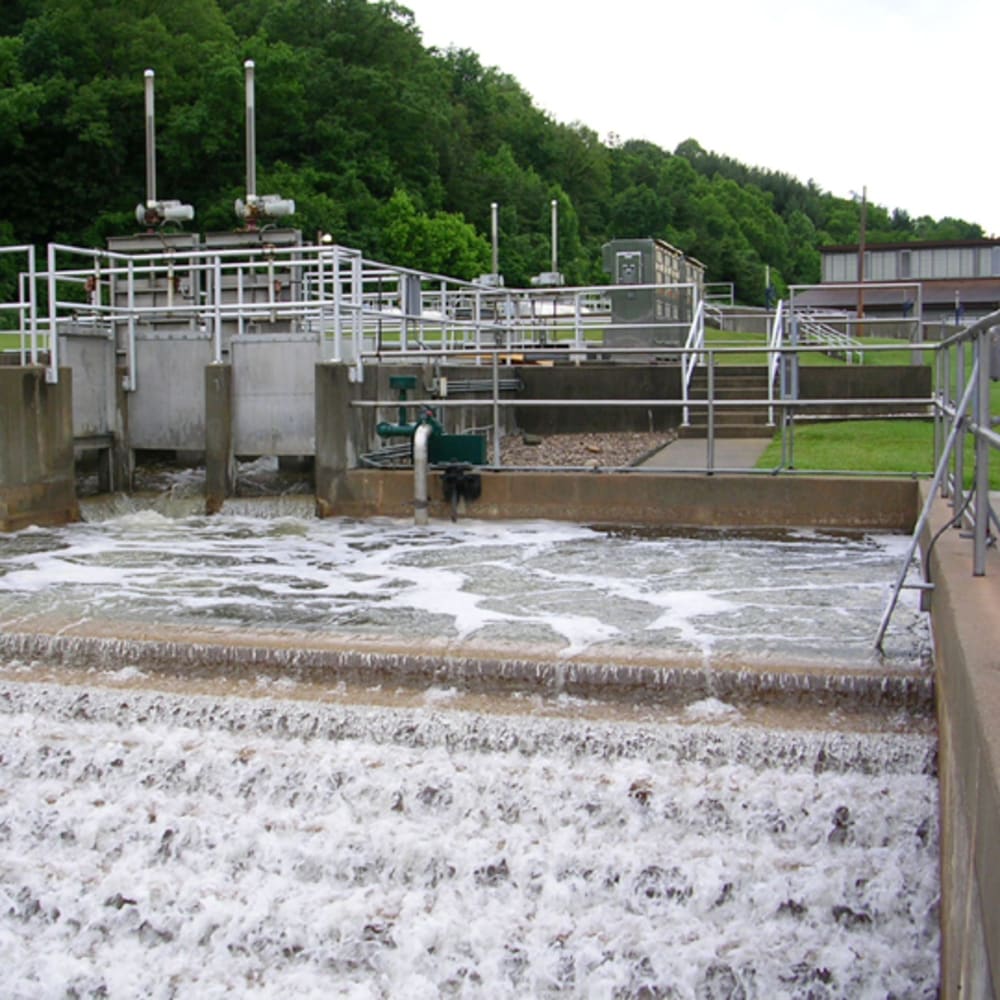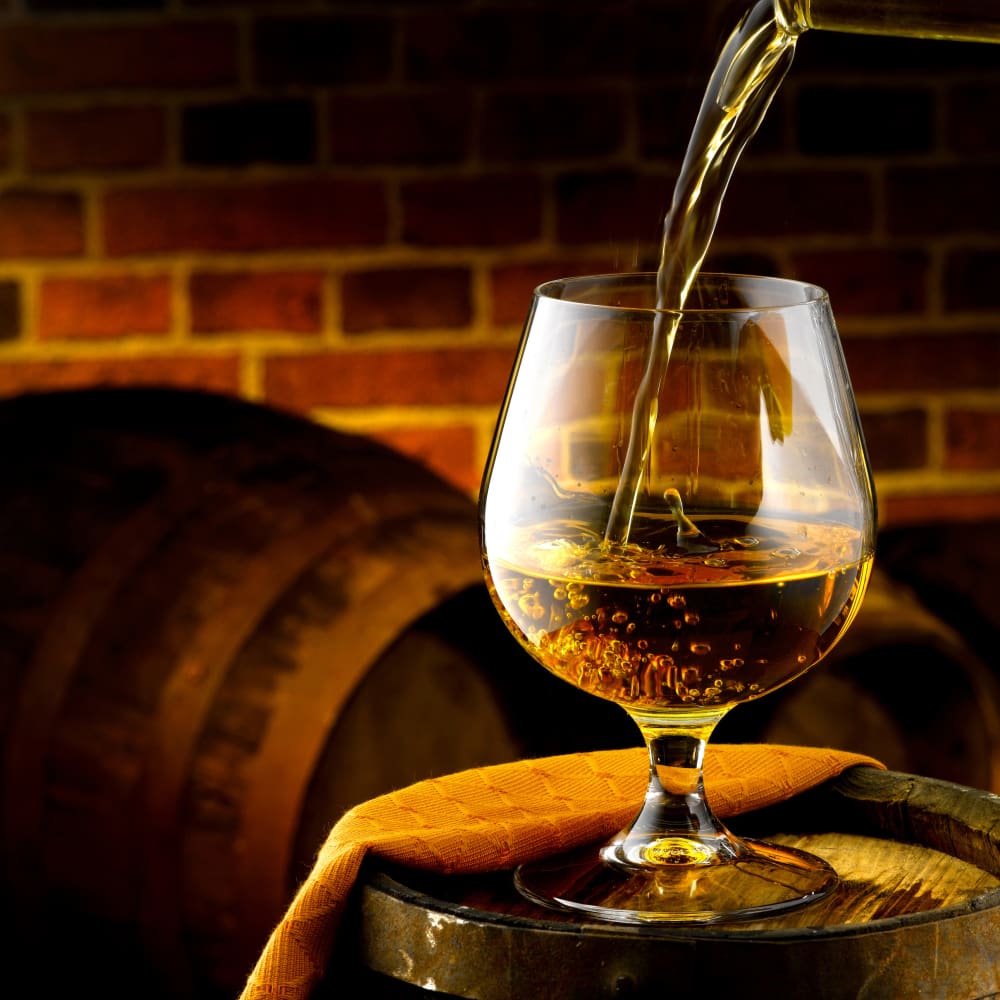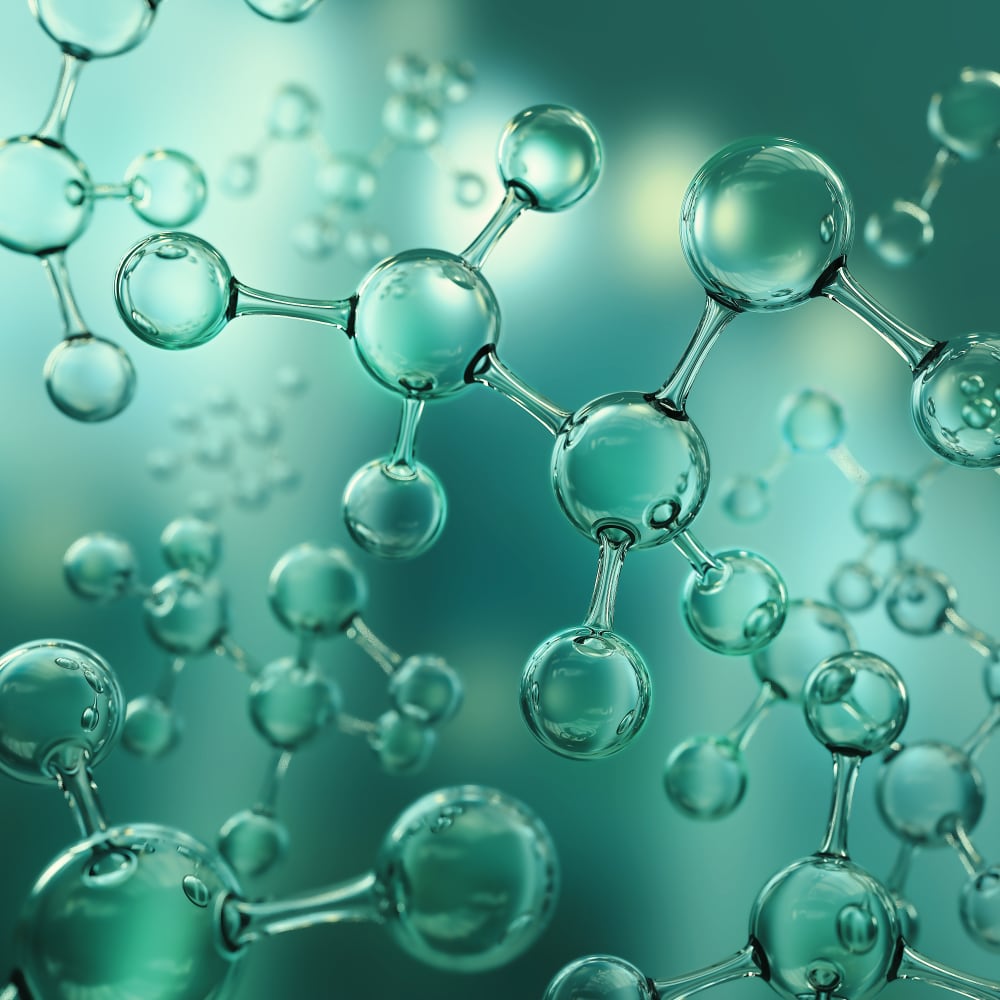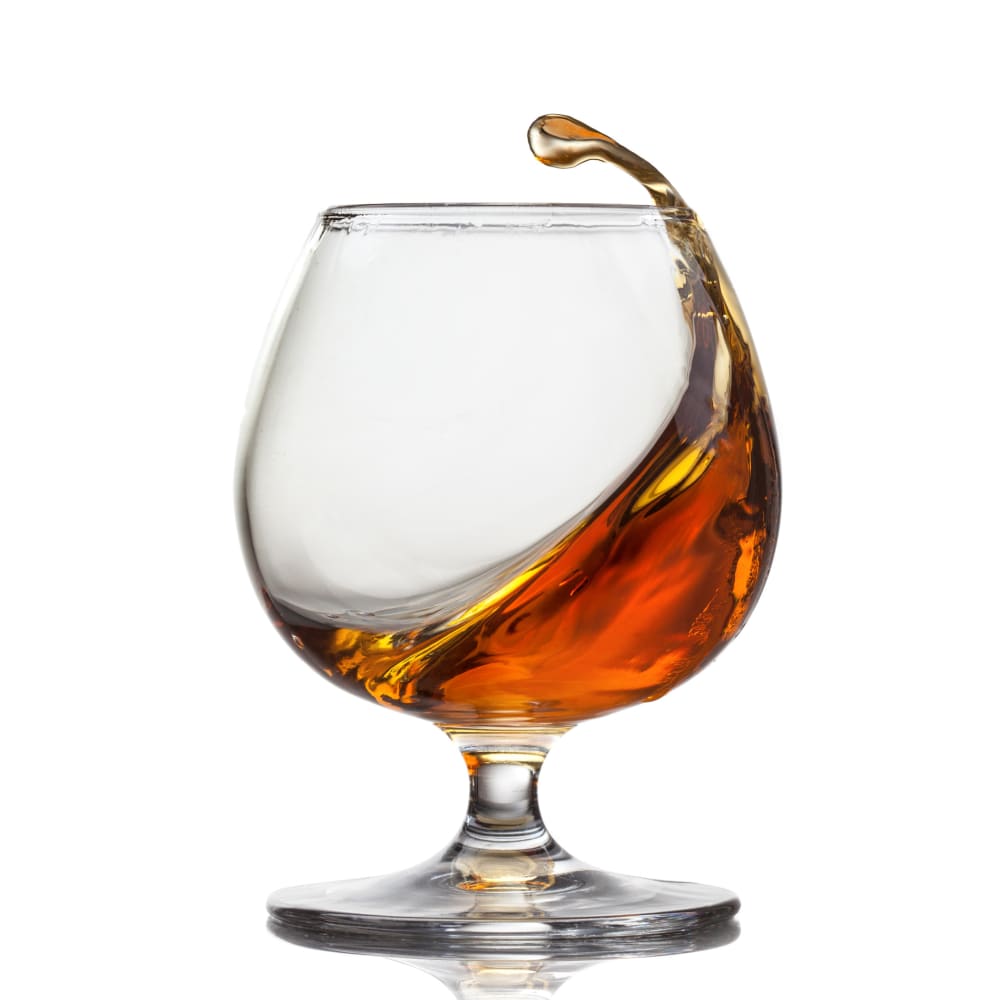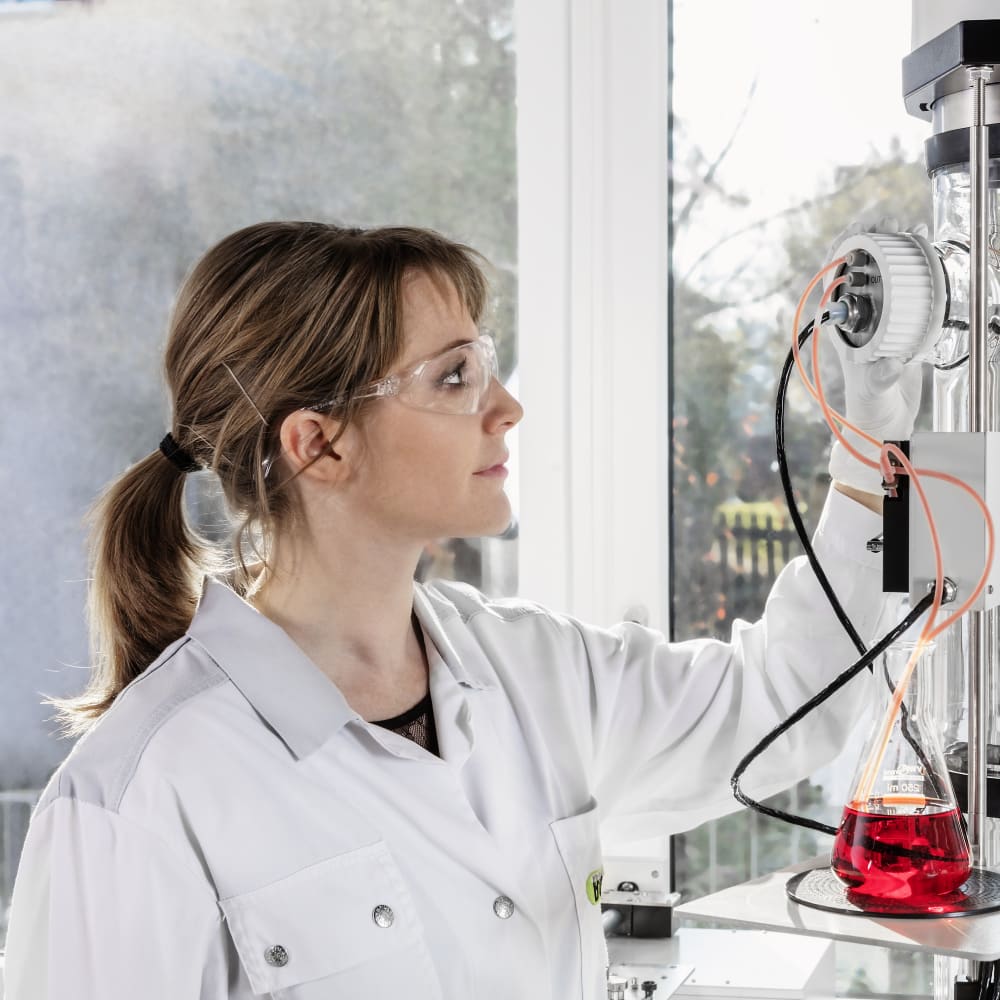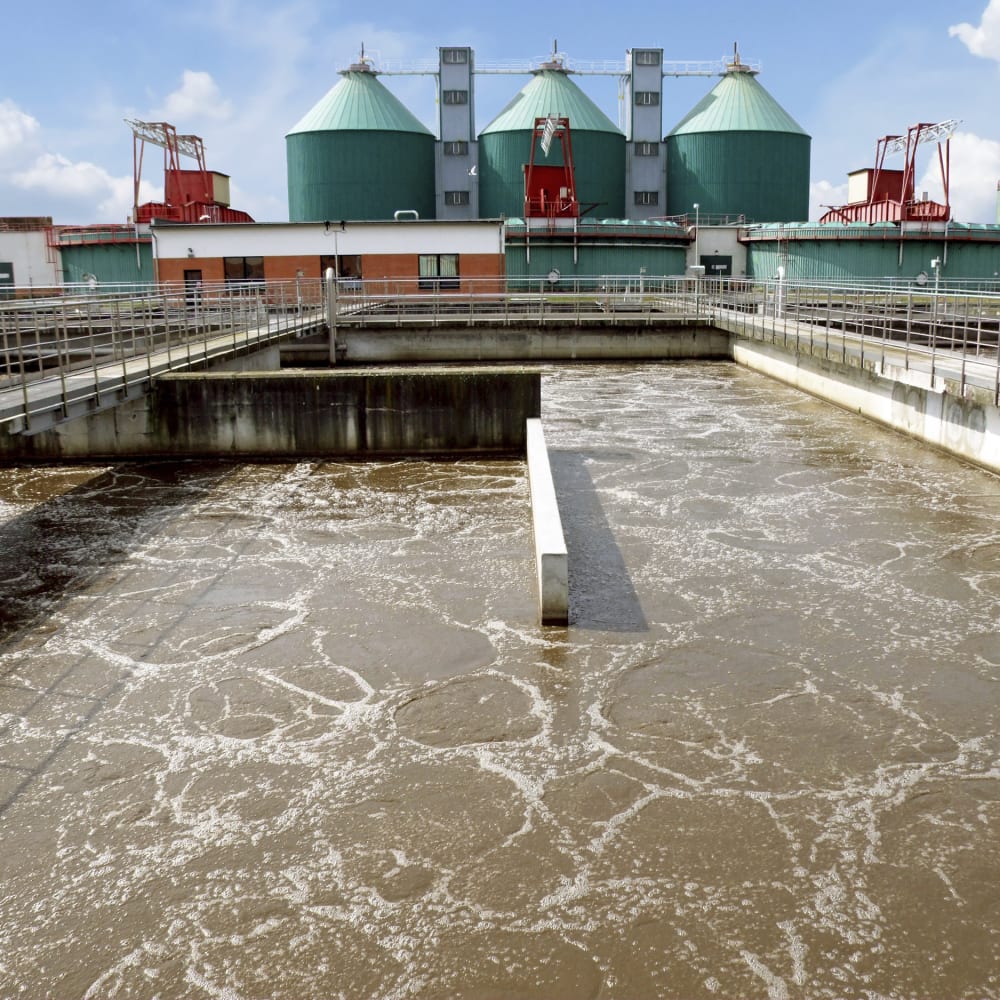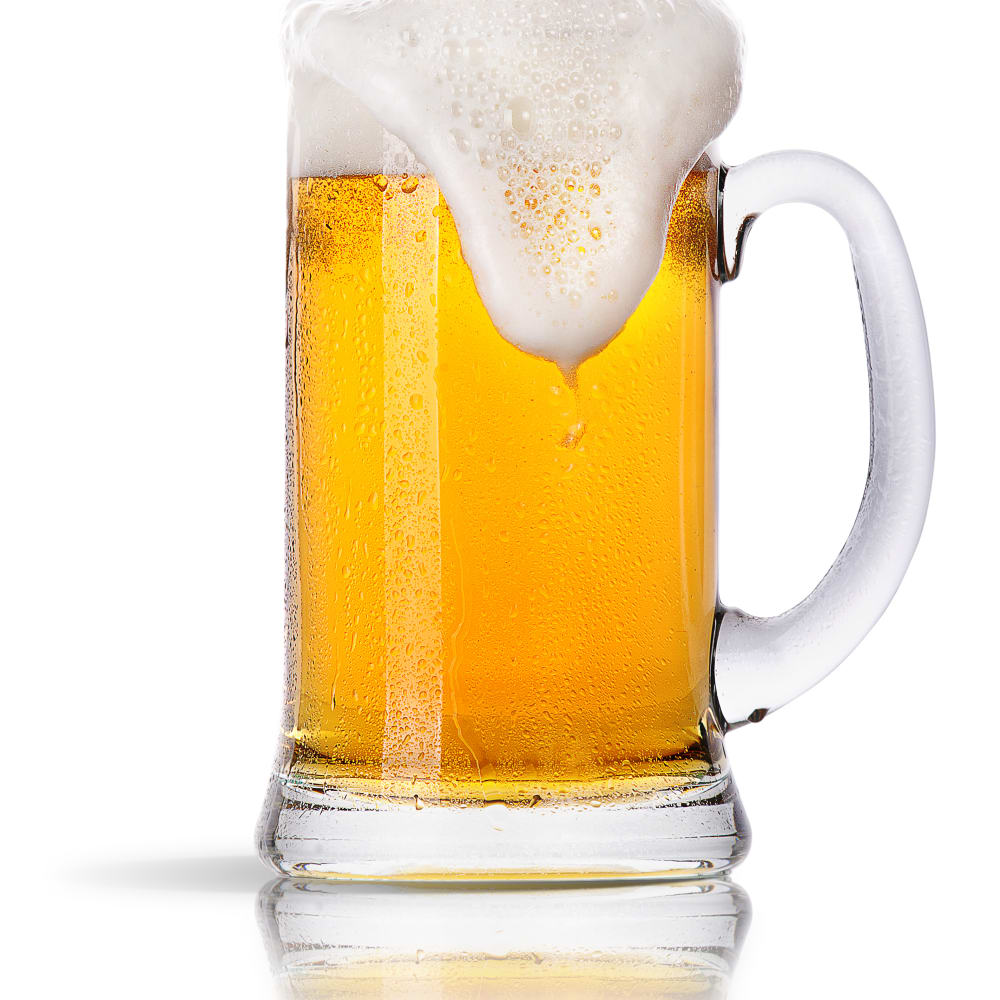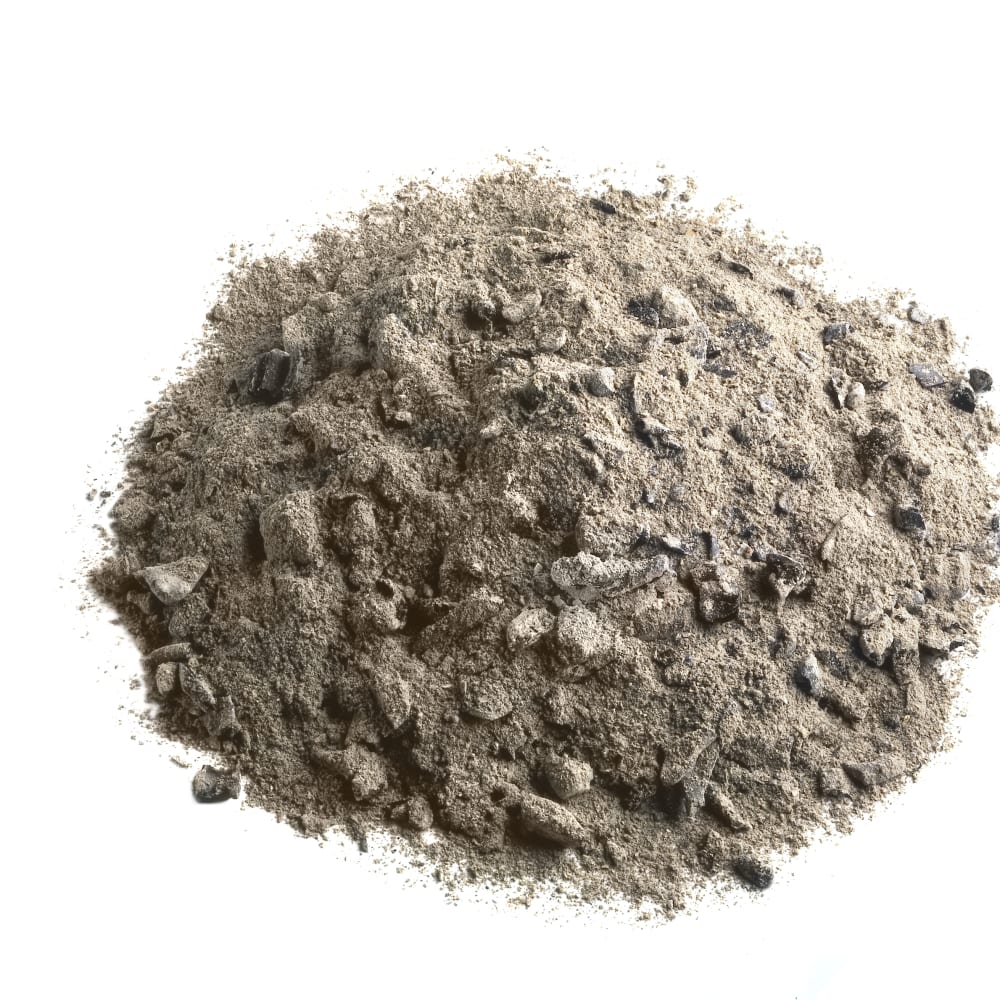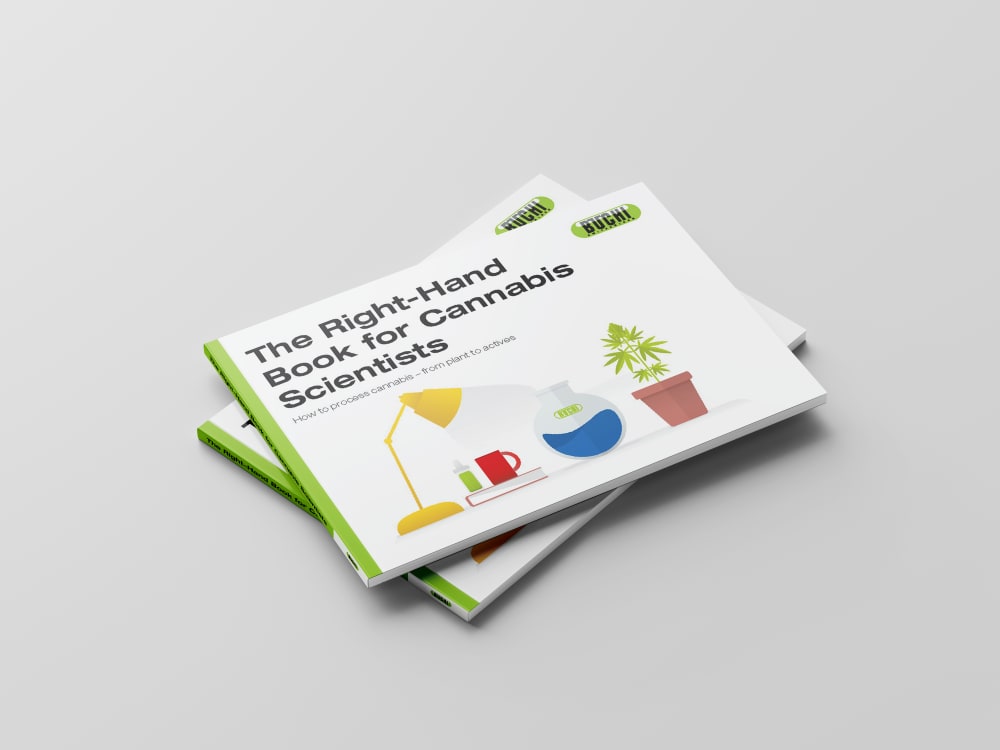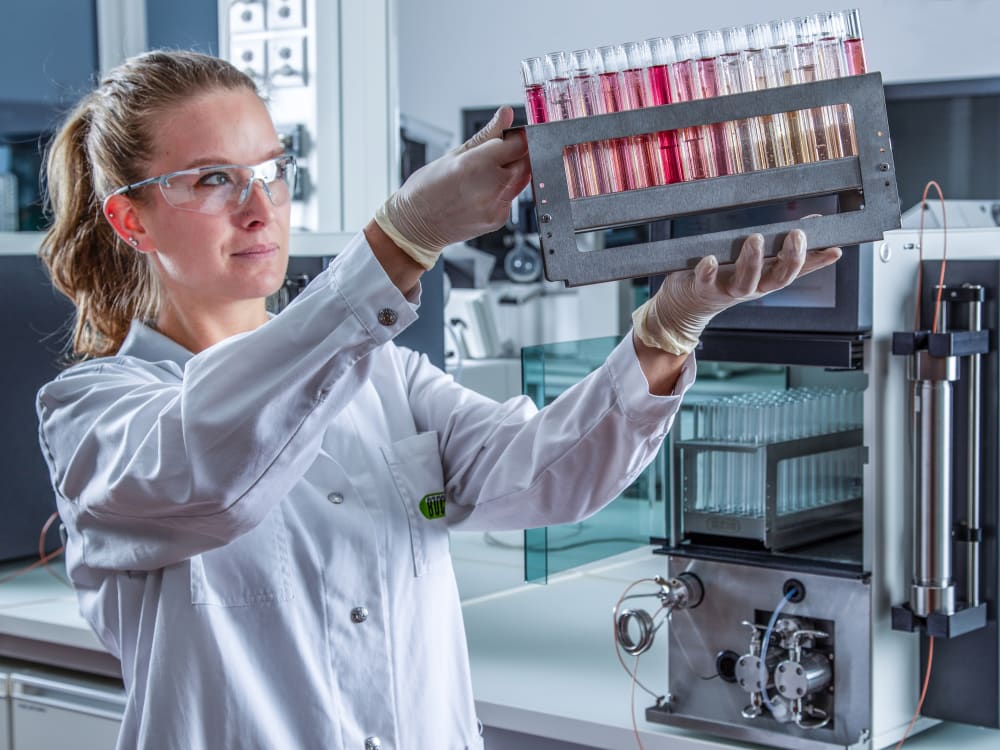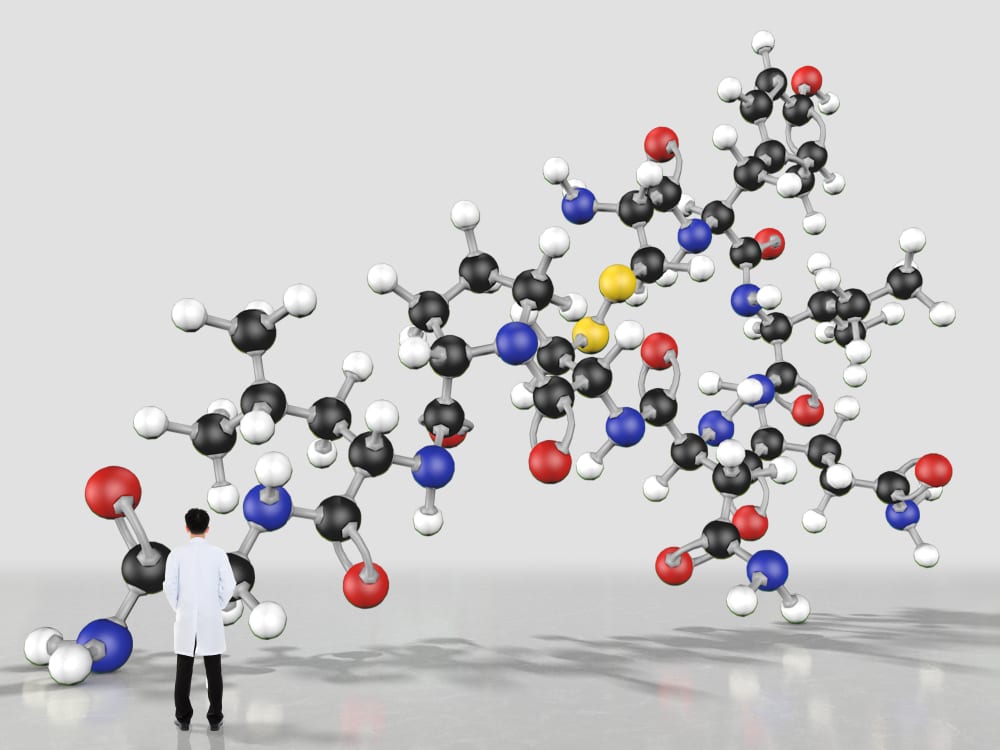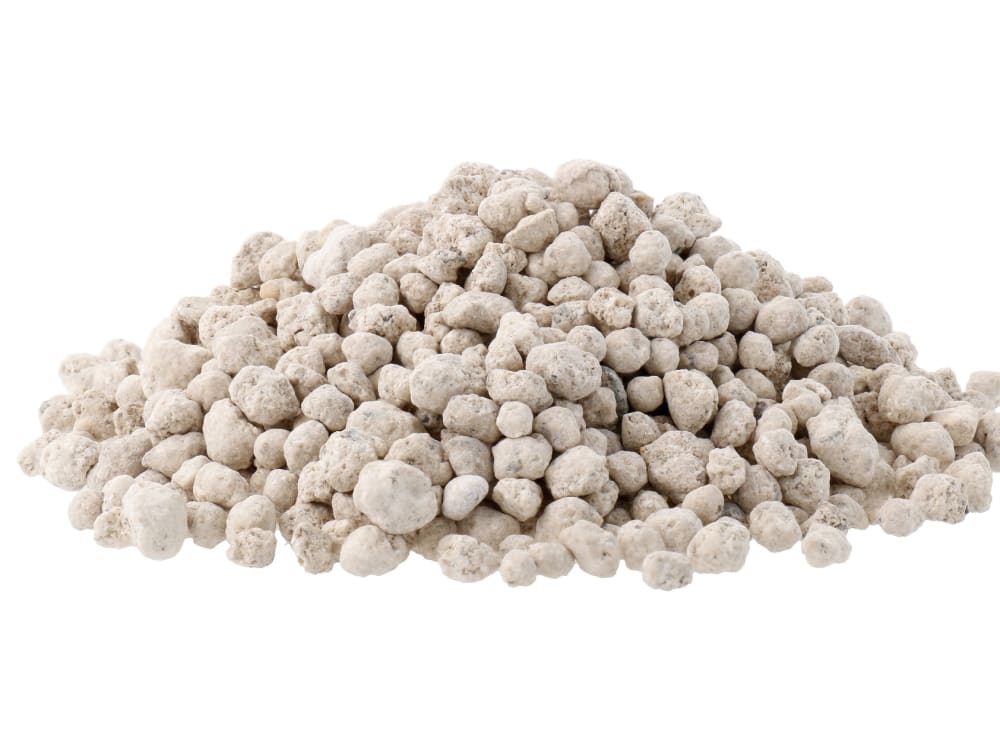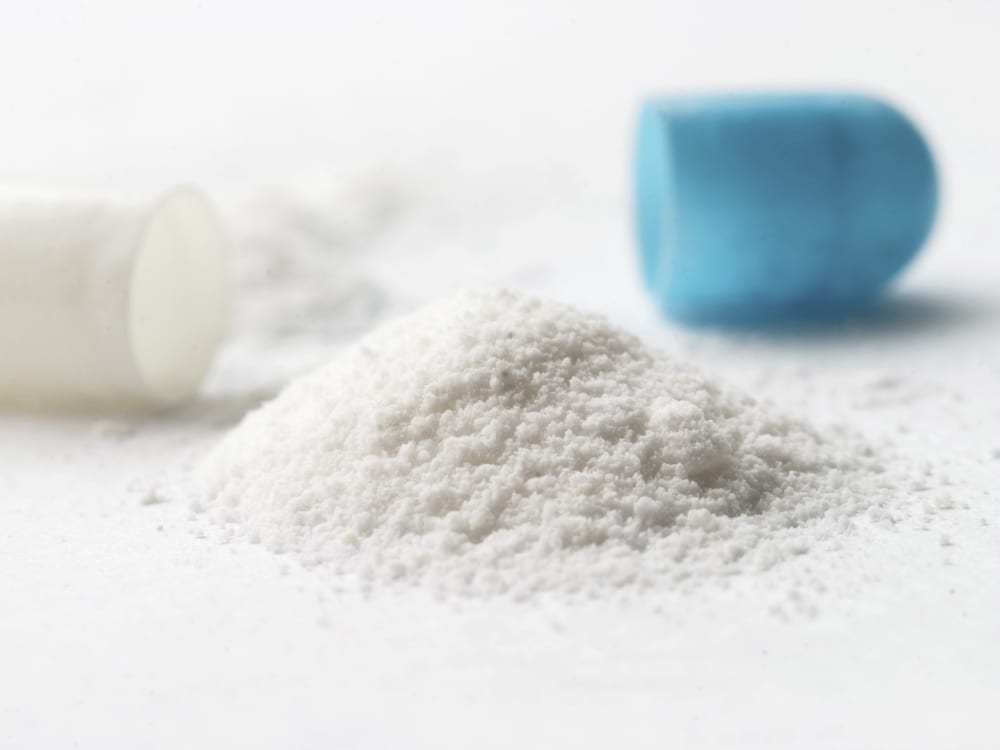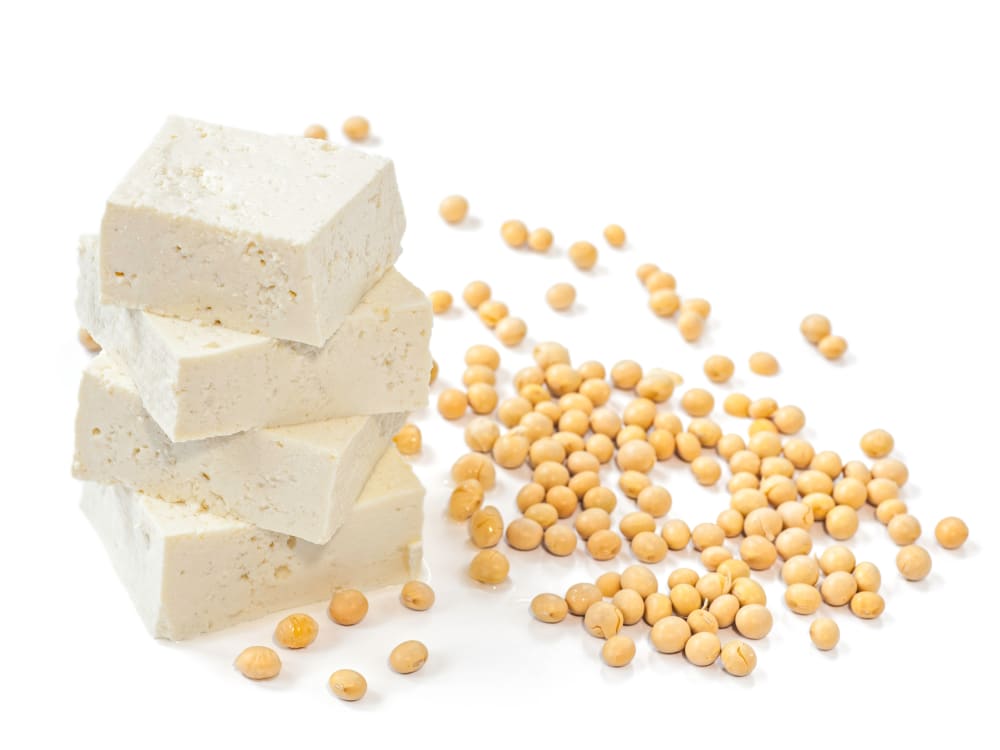Total sulfur dioxide determination in dried apricots by BUCHI method
Sulfites are widely used as preservatives and antioxidants in foods and beverages. Exposure to high levels of sulfites can cause an allergic reaction. Given the health risks associated with sulfite exposure, its amount in beverages and foods is regulated in many countries. Regulations have set the maximum amount of sulfites used and required labelling practice to indicate the presence of sulfites. A typical application of food preservation with sulfites is in dried fruit like dried apricots. For this reason, a reference sample of dried apricot mousse with a certified total SO2 content and a sample without any sulfite treatment were analysed for Total SO2 in this study.
Total sulfur dioxide determination in dried apricots by modified Monnier-Williams method
Sulfites are widely used as a preservative and antioxidant in foods and beverages. Exposure to high levels of sulfites can cause an allergic reaction. Given the health risks associated with sulfite exposure, the amount in beverages and foods is regulated in many countries. Regulations set the maximum amount of sulfites used and required labelling practice to indicate the presence of sulfites. A typical application of food preservation with sulfites is in dried fruit like dried apricots. For this reason, a reference sample of dried apricot mousse with a certified total SO2 content and a sample without any sulfite treatment were measured for Total SO2 in this study.
Vicinal Diketones in Beer
Diacetyl (2,3-butanedione) and 2,3-pentanedione are vicinal diketones (VDK) which are formed during beer fermentation. VDK can have a significant effect on beer flavor, presence above their flavour threshold (approx. 0.1 mg/L for diacetyl and 1.0 mg/L for 2,3-pentanedione) can lead to butter/butterscotch like flavors that are undesired in most beer styles. The concentration of VDK depends on numerous process conditions, such as wort compostion, fermentation regime, yeast strain, but can also be caused by microbial contamination. The control of VDK levels during fermentation is an important aspect of quality control in a brewery. VDK can be determined by a variety of analytical methods. The usage of colorimetric assays, e.g., through complex formation with o-phenylenediamine and gas chromatography (GC) are most commom and recommended by the European Brewery Convention (EBC).
การระบุ TKN ในน้ำและน้ำเสียโดยใช้หลักคัลเลอริเมตริกไตเตรชัน
มีการใช้วิธีการที่เชื่อถือได้สำหรับการระบุปริมาณไนโตรเจนเจลดาห์ลโดยรวม (TKN) โดยใช้หลักคัลเลอริเมตริกสำหรับน้ำและน้ำเสียโดยใช้ออปโทรดเซ็นเซอร์ ตาม ISO 5663, DIN EN 25 663 และ 40 CFR ส่วนที่ 136.3 งานวิจัยนี้มีการระบุขีดจำกัดการตรวจพบและขีดจำกัดการกำหนดปริมาณ ซึ่งเป็นหลักการเทียบมาตรฐานความละเอียดอ่อนของกระบวนการ สำหรับตัวอย่างของน้ำ เพื่อเป็นการทดสอบประสิทธิภาพของระบบ จึงได้มีการทดสอบการกู้คืนไนโตรเจนของตัวอย่างอ้างอิงยูเรียในระดับความเข้มข้นที่แตกต่างกัน ตัวอย่างผ่านการย่อยปรอทและกำจัดสารซีลีเนียมโดยใช้ KjelDigester K-449 (เครื่องย่อย) การกลั่นและขั้นตอนไตเตรตกรดบอริกดำเนินการโดยใช้ KjelMaster K-375 (เครื่องกลั่น) พร้อมด้วย KjelSampler K-376 (เครื่องถ่ายโอนตัวอย่าง) เพื่อให้ตรงตามบรรทัดฐานสากล การตรวจจับไตเตรตกรดบอริกจะใช้หลักการคัลเลอริเมตริก KjelMaster K-375 (เครื่องกลั่น) ได้รับการติดตั้งชุดคัลเลอริเมตริก ซึ่งประกอบไปด้วยออปโทรดเซ็นเซอร์และอุปกรณ์เสริมของ BUCHI ที่สอดคล้องกัน เพื่อเพิ่มรอบการกวนและควบคุมการเกิดฟองอากาศ ด้วยประสิทธิภาพในการทำความร้อนและทำความเย็นที่รวดเร็วของ KjelDigester K-449 (เครื่องย่อย) บวกกับขั้นตอนกระบวนการที่สอดรับกันของ KjelMaster System K-375/KjelMaster System K-376 และโหมดไตเตรชันแบบ “ออนไลน์” ทำให้ปริมาณงานของตัวอย่างในแต่ละวันเพิ่มขึ้น
Citrus essential oils determination in juice
The concentration of essential oils in citrus juice is a quality measure with maximum limits that are set by authorities such as the European Fruit Juice Association (AIJN) and the United States Department of Agriculture (USDA). The essential oils consist to a majority of approximately 90 % of D-limonene. An easy and reliable method for the detrmination of essential oils in juice and juice concentrates of citrus fruits according to IFU Method No. 45 and AOAC 968.20 is introduced here.
Alcohol determination in ethanol/water mixtures
In most jurisdictions around the world it is a legal requirement to accurately determine the alcohol content of alcoholic beverages and medicines for labelling and for taxation purposes. An accurate and reliable method for the determination of the alcohol content in mixtures of four different ethanol/water concentrations, two of the min comparison to EEC 2870/2000 (spirits), EEC2676/1990 (wine) and OIV-MA-AS312-01A (wine) is hereby introduced in co-operation with Versuchs-und Lehranstalt für Brauerei (VLB), Berlin. The ethanol/water mixtures are distilled using the distillation unit EasyDist with a glass splash protector. A digital density meter is used to determine the alcohol content after the distillation and for the reference measurement by direct injections.
Alcohol determination in spirits
Spirit or liqueur is an alcoholic beverage produced by distillation of grains, fruits after their fermentation. Liqueurs typically contain high percent alcohol. Liqueurs may also have high sugar contents or might be flavoured with herbs or other aromas. In most jurisdictions worldwide it is a legal requirement to quantify the alcohol content for labelling and taxation purposes. An accurate and reliable method for the determination of the alcohol content in five different spirit samples with varied alcohol concentrations in comparisonto a classical distillation setup as a reference method is hereby introduced in co-operation with Versuchs-und Lehranstalt für Brauerei (VLB), Berlin. A close compliance of the steam distillation setup of EasyDist with the 1:8 distillation protocol to EEC2870/2000 is shown. The spirit samples are distilled using the distillation unit EasyDist with a glass splash protector. The alcohol content was determined after the distillation by direct injections in a densitymeter.
Alcohol determination in wines
Made from grapes, wine is a widely consumed alcoholic beverage. In most jurisdictions worldwide it is a legal requirement to quantify the alcohol content for labelling and taxation purposes. An accurate and reliable method for the determination of the alcohol content in five different wine samples with varied alcohol concentrations in comparison to a classical distillation setup as a reference method is hereby introduced in co-operation with Versuchs-und Lehranstalt für Brauerei (VLB), Berlin. A close compliance of the steam distillation setup of EasyDist with the 1:8 distillation protocol to EEC2676/1990 (wine) and OIV-MA-AS312-01A (wine) is shown. The wine samples are distilled using the distillation unit EasyDist with a glass splash protector. The alcohol content was determined after the distillation by direct injections in a digital density meter.
Alcohol determination in beer
Produced by fermentation, beer is brewed from various grains and is one of the widely consumed alcoholic beverage. It is therefore legally required to quantify its alcohol content for labelling and taxation purposes. An accurate and reliable method for the determination of the alcohol content in five different beer samples with varied alcohol concentrations in comparison to a classical distillation setup as a reference method is hereby introduced in co-operation with Versuchs-und Lehranstalt für Brauerei (VLB), Berlin. A close compliance of the steam distillation setup of EasyDist with the proposed 1:8 distillation protocol to EEC 2676/1990 and OIV-MA-AS312-01A is shown. The samples are distilled using the distillation unit EasyDist with a glass splash protector. The alcohol content was determined after the distillation by direct injections in a digital density meter.
Ammonium, nitrate, and total nitrogen determination in fly ash
Fly-ash is a by-product of the combustion of pulverized coal and is composed of small particles. Nowadays, air pollution control standards require a separation of flue gas before being released to the atmosphere.The composition of the fly ash may vary considerabley, however, all fly ashed contain substantial amounts of silicon dioxide (SiO2) aluminium oxide (Al2O3) and calcium oxide (CaO). The fly ash in this study was provided from a pulp mill containing organic and inorganic (ammonium nitrate and ammonium sulfate) nitrogen compounds.

